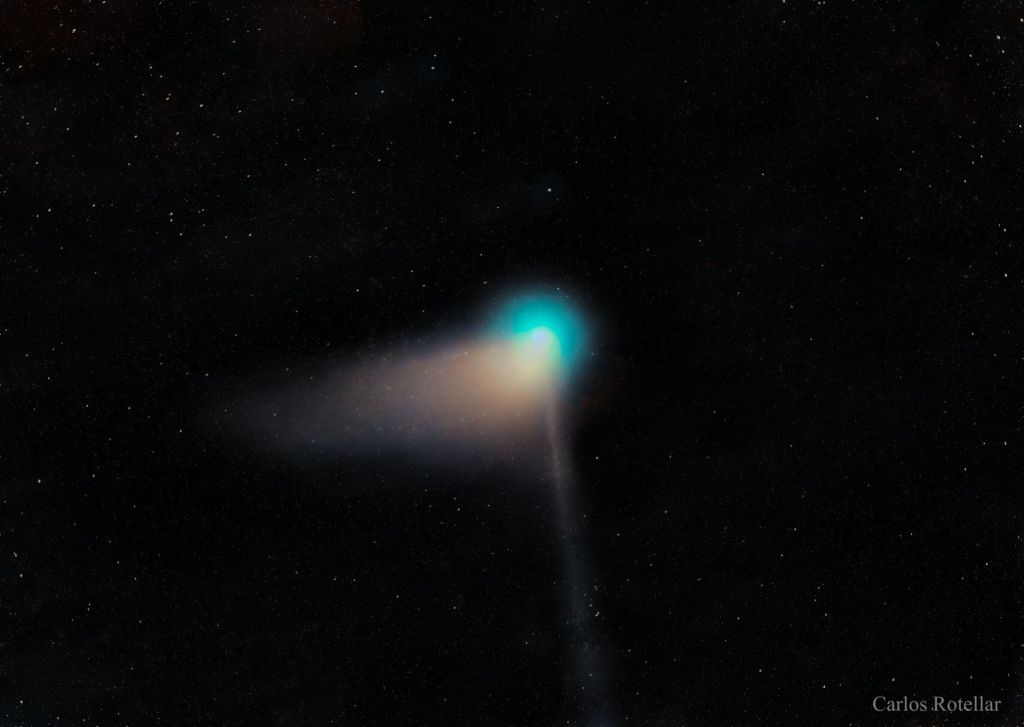Green Comet makes rare pass by Earth
Published 9:26 am Thursday, August 22, 2024

- Comet 2022 E3, nicknamed the Green Comet, originated in the Oort Cloud.
The word comet comes from the Latin word cometa, which derives from the Greek word kome. Kome, translated means “the hair of the head” thereby describing “the tail of a comet.”
A comet is a frozen object made of rocks, dust and gas which orbits the sun. Comets come from two major areas in the solar system; the Kuiper Belt and the Oort Cloud. The Kuiper Belt is a circular region of icy bodies beyond the orbit of Neptune. The comets coming from this region are called short-period comets and take less than 200 years to complete an orbit around the sun.
The Oort Cloud is an spherical area of icy bodies that surrounds the solar system located beyond the Kuiper Belt. Comets originating from this region are called long-period comets and take more than 200 years to orbit the sun. Long-period comets travel faster than short-period comets, up to 40 miles per second versus 10 miles per second respectively.
When a comet comes within 280 million miles of the sun, it heats up releasing dust and gas which creates a fuzzy cloud around the nucleus (coma) and two tails: a short one of dust and a long one of ionized carbon monoxide ions (gas). Comet tails always point away from the sun pushed by the solar wind, which blows at around 100 million miles per hour. Dust tails can be 600,000 to 6 million miles long and gas tails can be tens of million miles long. Comets leave a trail of debris that can span millions of miles and last for millions of years.
Comet 2022 E3, nicknamed the Green Comet, originated in the Oort Cloud and it came within 26 million miles of our planet on Feb. 1, 2023 during its 50,000 years orbit around the sun. This photo was taken on February 3, 2023. The green coma is the effect of the sun on diatomic carbon, the short tail to the left is the reflection of the sunlight on dust particles and the long tail contains ionized gas. At the time this picture was taken, the comet speed was calculated at about 94,000 miles per hour (26 miles per second).
The last time this comet visited the earth Homosapiens and Neanderthals lived together. However, we may never see it again because on its way towards the sun the gravity of Jupiter may have altered its orbit, which could either push it out of the solar system forever or prevent it from returning for at least a million years.
– Dr. Carlos Rotellar is a Bowling Green nephrologist who has had an interest in astrophotography and has been taking images of the universe from his driveway for several years. Website: Skyastrophotos.com.





